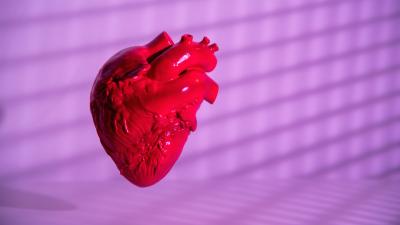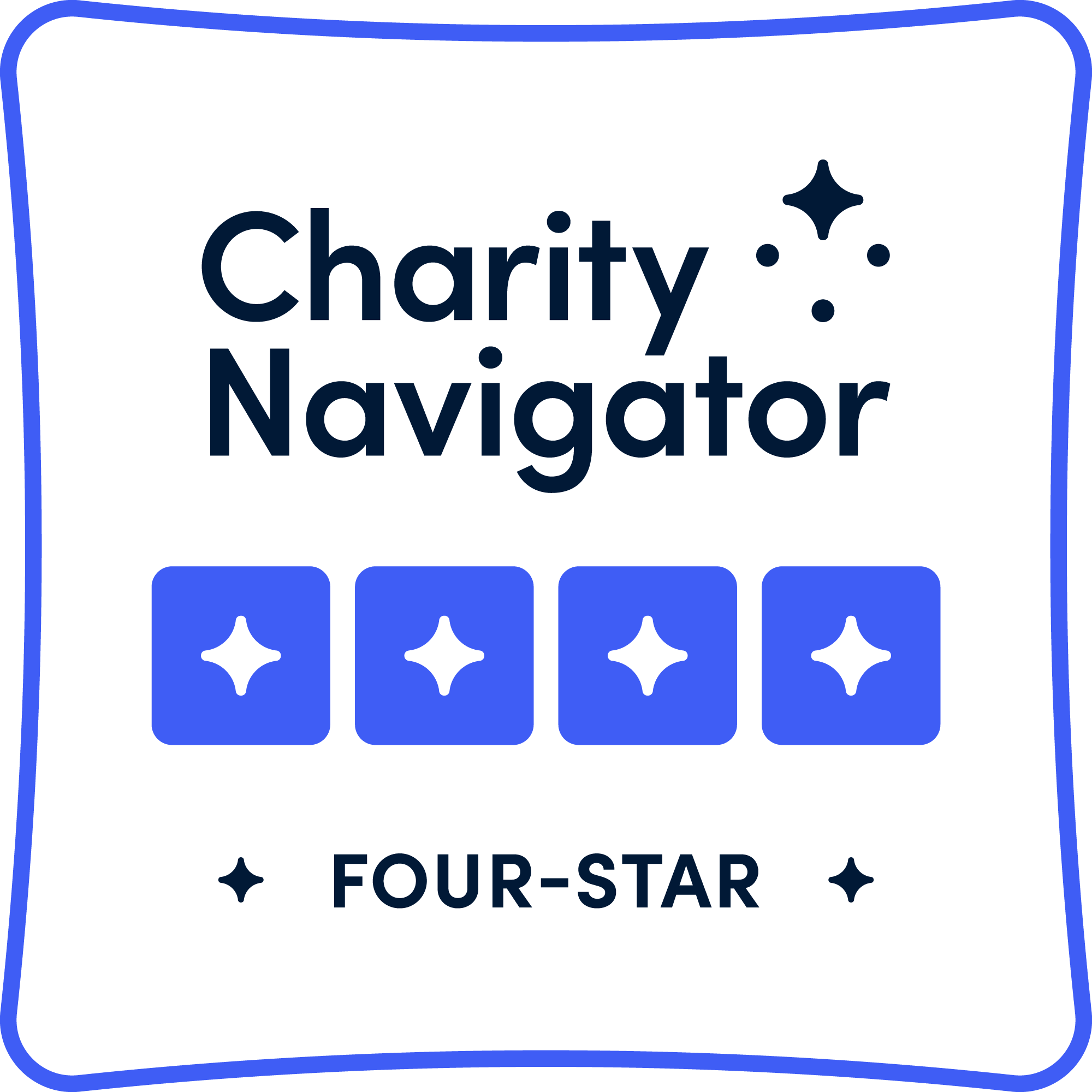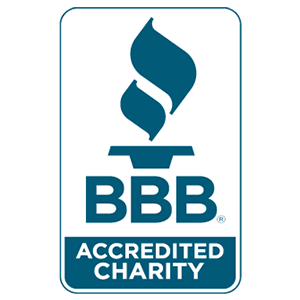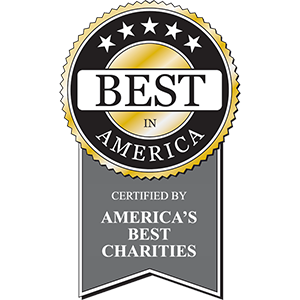OHSU May Convert Monkey Lab to Creative Writing Center

April 1, 2025: After years of rebranding cruelty with creative flair, word has it that Oregon Health and Science University (OHSU) is about to showcase its real talent.1 The university’s embattled primate research center may be converted into a creative writing center if the rumors are true. After 35 animal-welfare violations at OHSU since 2014—including 21 at the primate center—an unnamed spokesperson is quoted as saying, “Let’s face it, we’re better at spin than we are at science.”
The change was inspired by OHSU experimenter Jason Hedges, who gave monkeys THC then electroejaculated them to show that drugs reduce sperm counts. In his science publication, Hedges referred to the procedure as “collaborative semen sample collection.”2
“The experiment was idiotic, but the description was brilliant,” the spokesperson said.
Also praised was experimenter Lyndsey E. Shorey-Kendrick’s mellifluous description of dispatching infant monkeys: “Sodium pentobarbital … was delivered intravenously followed by exsanguination” was Shorey-Kenrick’s wording in her 2025 report describing killing baby monkeys with a barbiturate, then draining all their blood and cutting them up to show that THC had damaged their lungs.3
To describe “heavy drinking” experiments in which monkeys drank the equivalent of six drinks per day before being killed, researchers replaced the word “killed” with “sacrificed,” and used “harvested” to describe the removal and cutting up of the monkeys’ shin bones.4
Similarly creative was a March 7, 2025, OHSU release that included the development of polio vaccine in its defense of its monkey experiments.5 “Yes, we had nothing to do with the polio vaccine—it was developed ten years before the lab opened—but who reads the fine print?” the spokesperson said. The press release praised “Research in animal models at OHSU, and other world-class universities….”, meaning, not OHSU and not necessarily primates—in other words, not having anything to do with the OHSU monkey lab at all.
Top praise for creative writing went to the University statement that closing the monkey facility would cost $100 million, despite the fact that the center would soon be losing money if federal cuts materialize. “Yes, 100 million is too round a figure to sound believable, but it’s all in the delivery,” the spokesperson said.
Long recognized for its ability to make experiments sound important and enjoyable, OHSU’s monkey breeding and experimentation facility may be renamed the G.B. Shaw Creative Writing Center, after George Bernard Shaw who famously wrote, “Those who won’t hesitate to vivisect, won’t hesitate to lie about it.”
References
- Editor’s note: Although this is an April Fool’s satire, the words used by scientists are drawn directly from their published research articles, which are referenced here.
- Hedges JC, Hanna CB, Shorey-Kendrick LE, et al. Cessation of chronic delta-9-tetrahydrocannabinol use partially reverses impacts on male fertility and the sperm epigenome in rhesus macaques. Fertil Steril. 2023;120:163-174.
- Shorey-Kendrick LE, Crosland BA, Schabel MC, et al. Effects of maternal edible THC consumption on offspring lung growth and function in a rhesus macaque model. Am J Physiol Lung Cell Mol Physiol. 2025;328(3):L463-L477.
- Shin M, Kim DK, Jain M, et al. Impact of heavy alcohol consumption on cortical bone mechanical properties in male rhesus macaques. Bone. 2024;181:117041.
- OHSU statement on PCRM ad campaign. OHSU Now. https://now.ohsu.edu/member/post/ohsu-statement-pcrm-ad-campaign/f329d56e-ad76-4c3b-836f-7da73a6e715b. Accessed April 1, 2025.








